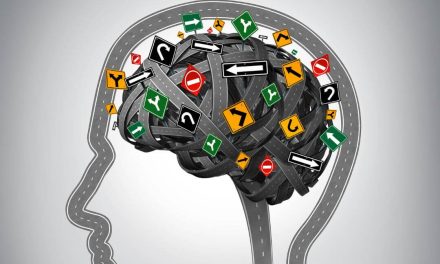
Practice Mindful Driving

Do you spend a lot of time in the car every day? Or maybe driving is a part of your job? Do you want to make the most out of your time?
— Then, practicing mindfulness is a good option for you. When practicing mindfulness, you will train your ability to focus and concentrate, become better at controlling your mind. Not least, you will be able to disconnect, so you have a more mental surplus, and you are ready to be present when you reach your destination, whether at work, at customers, or with your family.
To Be consciously Aware and Present
In mindfulness, we train to be consciously aware of where we are with curiosity and openness.
With a mindful approach, you will be consciously aware of what is going on around you when driving through the intersection. You will know for sure that there is a green light, and you will be aware of all other things happening around you.
When you consciously bring attention to what is happening, your attention channel is filled with what is happening here and now. This means that there is not much room for thoughts about everything else.
A mental boost
When you practice being present, it releases mental energy that has otherwise been tied up in unconscious thought processes. This gives you a greater mental surplus, for example, in the form of greater creativity, efficiency, and clarity. Disconnecting with a mindful break in the car is a boost to your mental well-being and an opportunity to “tap” into a deeper intelligence inside of you.
Your Mindfulness Car Practice – Step by Step
Once you get into the car, make yourself aware of your intention to be consciously present while driving. Let there be an inner attitude of openness and kindness.
Then you can:
- Take few breaths while feeling the sensation of the breath.
- When you have fastened your seat belt, and before your start driving:
- Feel the sensation of the body against the car seat: the buttocks, thighs against the seat, and the back resting in the backrest.
- The hands around the steering wheel
- The foot against the pedal.
Start the car up and when you are driving:
3. Pay attention to what you see. Look through the windscreen and orient yourself in the mirrors
4. Listen to the sounds around you — inside and outside the car
While driving, you should be aware of these three things:
- The body — Towards the car seat, the hands on the steering wheel, the foot on the pedal, your breath if possible)
- You are seeing and being aware of what you see through the windscreen and when you orient yourself in the mirrors, looking over your shoulders.
- To listen — to the sounds in the car and outside.
When you discover that you are not consciously present while driving; when your attention is occupied with thoughts, gently let go of them and bring the focus back to the body — possibly the sensation of the body as a whole, the breath, and being aware of what you see and what is taking place in your field of vision. And then listen to the sounds around you.
You can allow for some quality kindness and curiosity while being consciously mindful. It makes it less strained attention but a more open, alert, and at the same time relaxed concentration.
When you stop at the red traffic light, you can consider it a welcome opportunity to be present. Give a more significant part of your attention to the body, the seeing, and listening.
Final Thoughts
The body acts as an anchor, and you are the one who can bring the attention back if it wandered away with a stream of thoughts.
In the beginning, while training mindful driving, it is a good idea not to listen to the radio, music, etc., so that you can train in peace and quietness and not challenge yourself necessarily. As you become better and well-trained in being consciously present, you can leave the radio on and still have the same practice — consciously paying attention to the body, sight, and hearing.


























Subscribe to My Newsletter
Get exclusive tips and news that I only share with my e-mail subscribers
You have Successfully Subscribed!